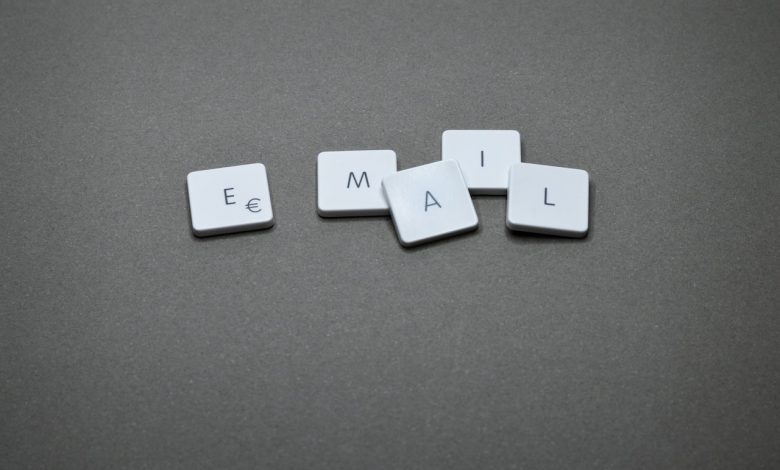7 Email Marketing Tips for Small Businesses

Small business owners often underestimate the effectiveness of email marketing. Moreover, small business owners assume that email marketing is expensive, and the facts prove otherwise. For small business owners, irrespective of the industry, email marketing can assist in establishing improved customer relations and building a stronger brand to generate more sales leads. More sales leads mean a higher rate of conversion.
Email marketing is a proven method to reach the targeted intended audience. Small businesses can benefit immensely from email marketing. Moreover, potential customers targeted through email campaigns will likely convert sales from the audience not targeted through email campaigns.
However, small businesses usually operate on tight budgets and small marketing teams. That is why email marketing is beneficial for small businesses. Small businesses can run email campaigns with low budgets and short or small marketing teams. Moreover, you don’t have to be a marketing genius to master the technique of email marketing.
Now let us look at some essential email marketing tips small businesses can adopt to promote the business to the intended audience.
1. Personalized emails
The emails reach potential customers’ inboxes, which is their personal space. Access to such personal space is a privilege, and you should consider it as such. Remember that preferences, likes, and dislikes differ from person to person. Suppose the email you send out to potential customers addresses them in a generic way, and that would not convince them to purchase the product/ service you offer. Therefore, you have to send out personalized emails.
Moreover, customized emails appeal to potential customers. You can attempt to personalize the email by addressing potential customers with their first names. As a result, potential customers would feel that you directly address their interests and needs.
You may use the following suggestions while sending the email;
- The type of content potential customers previously engaged with
- Consumer behavior
- The purchasing power of the consumers
2. Study the audience
Each email you send reaches potential customers, unlike the billboard. The billboard comes across anyone who takes a particular road or a route. The emails not only reach the potential customer but also produce positive results. Moreover, a vast majority of customers check their emails regularly. Therefore, you have to study the audience and market segmentation. As a result, you can tailor the message according to the customers. one way to do this is to categorize the people according to age group.
The time you can pick to email potential customers depends on the clientele. For instance, customers may check their emails between 10 am to 3 pm most days. The email sent during this time is most likely to produce positive results. In the meantime, you can analyze the performance of the email campaigns to comprehend the effectiveness and how customers engage with the content.
You can also categorize the audience according to demography, location, education, and occupation.
3. The subject line of the email
Once you have decided on the email campaign strategy, you have to shift your on to the email’s subject line. That is because customers will come across the subject line the first thing. For instance, if the subject line does not invoke curiosity, they will most likely delete the email. Moreover, the email would also end up in the spam folder.
Therefore, you have to play around with words and come up with the subject line that invokes curiosity. You can also avoid using terms like ‘donate’ because that would immediately put off customers. That would also decrease the chance of opening the email by 50 percent. In short, you must be creative and play around with words to create an attractive subject line.
4. Tell the customer what you offer
The customers do not care much about the email you send them. The customer cares about what they get from you. Therefore, you have to explain to them clearly in the email how they benefit. If the email’s subject line does that, you are partially successful in luring the customers. It will help if you avoid focusing on explaining the features of the features. You can also add questions, including a time frame, and mention relevant events that lure customers’ attention.
5. Create an email list
One essential step you have to take before starting the email campaign is to make a contact list. If you do not have one, you may be unable to conduct email campaigns. To make a contact list, you can begin by asking potential customers’ emails while logging onto the website, blog, and social media profiles. It is also advisable to set up a double opt sign in. Double opt sign-ins send a confirmation email to customers after submitting the email. That also assists in confirming whether the customers are genuine. There are also other benefits from a double opt sign in, for instance;
- Assists in gathering genuine customers emails.
- Ask customers the type of content customers want to consume.
- You can also ensure the email marketing strategy complies with GDPR.
6. The type of email to send
Once you have developed the strategy for the email marketing campaign and created a list, you have to shift your focus toward the email you want to send. The type of email you want to send also depends on your business. It is prudent to start with a monthly newsletter via email. Also, consider the following examples;
- Promotional email to boost sales
- Discount Coupons
- Transaction email
Remember that you have to maintain consistency so that you can send a clear message to the customers.
7. Make technology your ally
You can automate email sending because that saves time and energy. The time of sending the email is crucial for its effectiveness. With automation, you can schedule when you want to send emails to potential customers. For instance, you can program by sending an email after every purchase from your business. Moreover, to improve customers’ experience, you can use appointment scheduling software. You may wonder how it would be beneficial. For instance, if you have a service-based business, the potential customers would want to book a demo session to experience the service. The software sends automated messages over email or SMS. Picktime is an ideal appointment scheduling software for any size of businesses.




